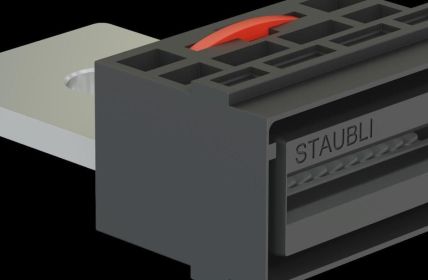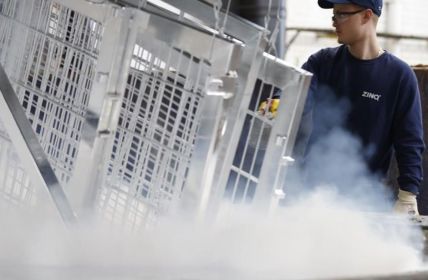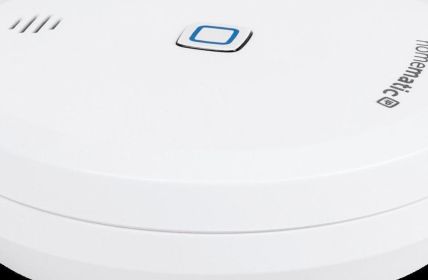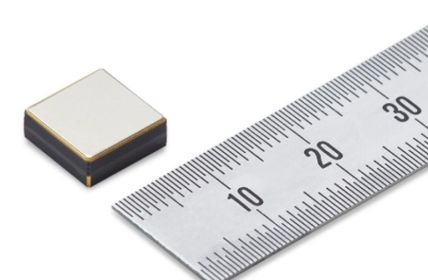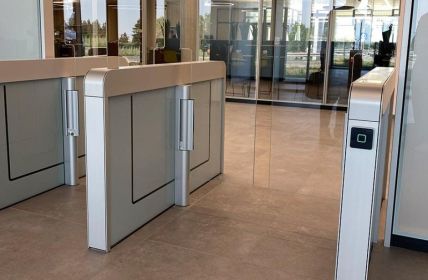With its Leadec.os platform, industrial service provider Leadec offers an IoT infrastructure that allows it to design its offerings as efficiently as possible – or to set up new ones. The cloud-based solution digitally maps the service processes from the offer to the provision of the service to documentation and invoicing.
Table of Contents: What awaits you in this article
Leadec: Close to the customer with the help of IoT
The profitability of a production is influenced by technical services such as maintenance, repair and cleaning of equipment. Its platform allows Leadec to work close to the customer’s needs. The cloud-based solution can be connected to cloud technologies from other providers. There is an extension with the IoT Home Cloud.
With this, industrial IoT applications are possible. Leadec can structure and visualize collected data. Artificial intelligence can then be used to draw conclusions and initiate steps. Examples of supported use cases are the tracking of weld seams (explained below) and the monitoring of aggregates in machining production.
Use case 1: Monitoring of weld seams
Quality-relevant welding process data is collected by the digital system from the welding power sources via a communication interface. Real-time documentation takes place in the higher-level database – on-premise or in the cloud.
An algorithm evaluates the data based on defined parameters. This is often done linked to data from other quality assurance systems. In order to be able to intervene immediately in the event of potential quality problems, the monitoring results enable continuous feedback into the automation process of the plant.
The integration of a weld seam monitoring system is possible in new plants or also by retrofit. Robot-based welding systems as well as manual welding stations are monitored. The system supports various monitoring gardens. The software also offers the option of prospectively maintaining connected systems.
Application case 2: Vibration sensors in machining production
Leadec implemented another use case in plants in India and Germany. Here, predictive maintenance was a priority. In the machining production, pumps and compressors were equipped with vibration sensors to be able to analyze permanently recorded data. These are processed in the sensor system. The analysis is then carried out in the IoT home cloud.
The first step is to detect anomalies and then send alerts. Subsequently, it is important to understand why the anomaly occurs. The goal is to infer the cause of the error from the data. Industrial machine learning applications are capable of selecting essential data, selecting it, recognizing patterns, and suggesting solutions based on it.
In the case described, an AI algorithm was applied to process the vibration data of the respective machines. After verifying the system, it was able to generate individual threshold values from learning data. The IoT application triggers an alarm in case of deviations from the framework.
Leadec provides template for new business models
Each alarm gives the person in charge impetus to coordinate maintenance activities. The alarm information is thereby mapped in real time via the Leadec platform. The integration allows the service provider to build up a database of the plants it manages worldwide. The collected knowledge can also be used to build new business models.
Service agreements (SLA), for example, can be calculated more reliably. In a further stage, service providers can even assume full responsibility for the machines and systems. The prerequisite is an ecosystem that connects system integrators, software specialists, equipment manufacturers and people with manufacturing expertise.
This is one reason why Leadec is involved in the development of new business models in the sense of end-to-end service offerings as part of the Fraunhofer ICNAP study “Monetizing Industrial Data”.









